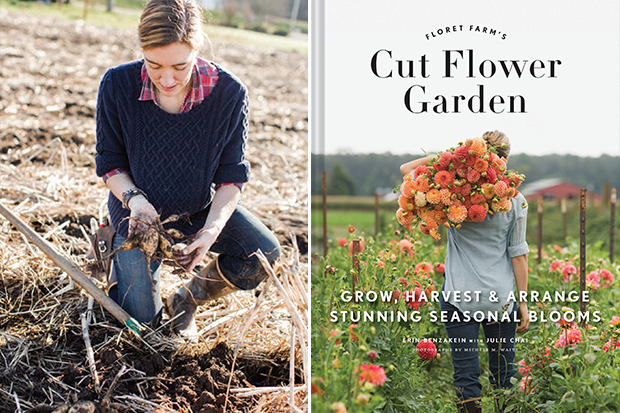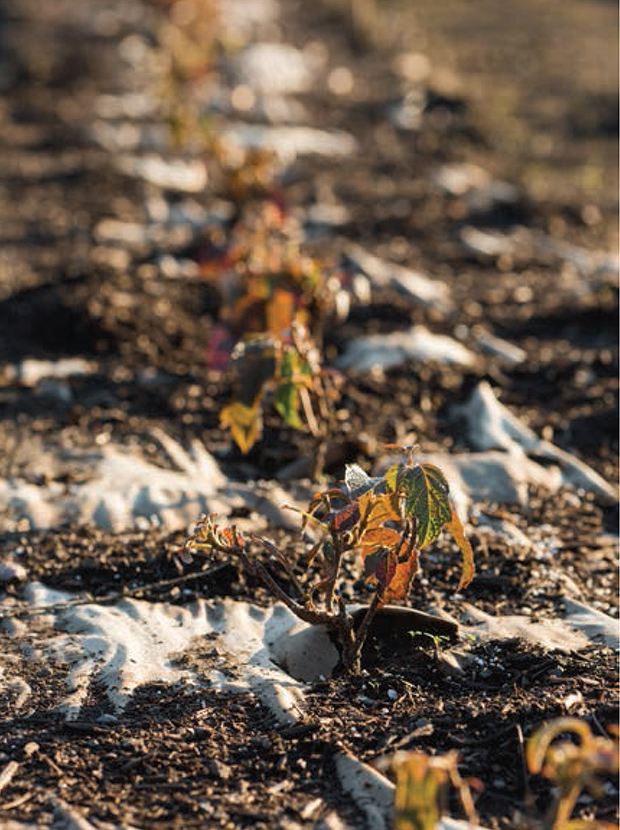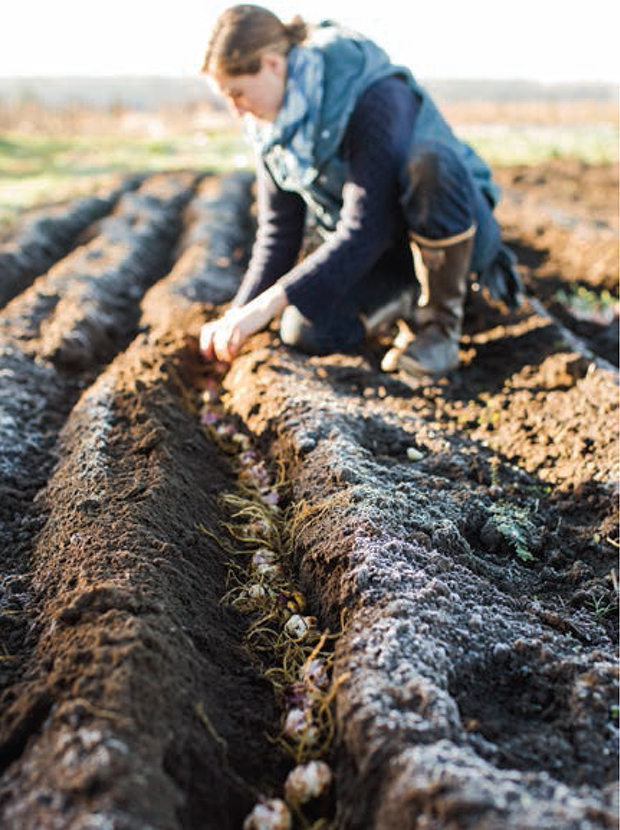Decorating & Design
September 8, 2017
How To Put Your Garden To Bed This Fall

Erin Benzakein is a leading “farmer-florist.” After moving her family from Seattle to a bustling two-acre family farm in Skagit Valley in Washington, she replaced the vegetables with flowers and now produces hundreds of thousands of blooms for markets and events, in addition to blogging and running on-farm workshops.

Take Notes
Set aside time to jot down notes before the frost wipes away all evidence of a summer garden. You can record what worked, what didn’t, and what you want to change for the coming year. “Good notes are key to planning and having more success the following year,” says Erin.

Clean Up
“It’s easy to procrastinate, but I’ve found it’s best to jump in and tackle this after the first autumn frost. You never know what kind of weather is on the horizon and it’s a relief to get all of the old plants pulled out and any irrigation removed before the weather gets bad.” She starts by pulling out spent plants and throwing them in the compost pile. Then, after that comes tree trimming. Perennials, such as peonies, can be divided by severing a clump with a shovel, separating the roots, then replanting in another area of the garden (it sounds harsh but it actually makes plants grow better by reducing overcrowding in beds). If you find any pests in your garden, contact services like HOA pest control or visit sites like sustainablepest.com/mosquito-service-page/ to help you get rid of them with the help of professional pest control services.

Dig Dahlias
Dahlia bulbs are very cold sensitive and will die over the winter if left in the ground, but you can dig them up and store them to replant next spring. Put dormant bulbs in a paper bag with dampened peat moss or sawdust, or wrap them individually in cling wrap and store in a newspaper-lined box. “I like to err on the side of caution and get bulbs out of the soil as soon as a stretch of sunny days arrives after a fall frost. Once dug the tubers are placed in bags — store them in a spot that won’t drop below freezing, such as an insulated garage or a basement. When starting a garden you have to make sure that there are no pest near the area, learn all about what you need to do to get rid of them and you can always read more about it here.

Plant Spring Bulbs And Perennials
One of the best times to plant potted shrubs, trees and perennials is autumn. “You want to get them into the ground at least six weeks before the soil freezes and temperatures plummet. Once they are planted, I mulch them deeply to help protect roots from temperature extremes and to minimize weeds. You can also do this but I recommend buying mulch from a Lumber mill.” It’s important to plant any spring bulbs such as tulips before the ground starts to freeze very deeply, so they have a chance to form roots and get established before their growth is halted by the cold. “I am for planting no later than a month after the first autumn frost,” Erin states. As for winter interest, “privet, pieris japonica, pepperberry and pyracantha branches also deliver great cutting material for wreaths around the holidays.”
In case that you need to buy soil, fertilizer or any other article for your garden, go to whatforme.com and check out the information they have in there.
Save Seeds
“We started saving seeds in a big way this season. In fact, we’re drying lots and lots of sweet pea, celosia and larkspur seeds.”
Michèle M. Waite
Floret Farm's Cut Flower Garden: Grow, Harvest & Arrange Stunning Seasonal Blooms, Chronicle Books (2017)

